6 Tips to Make Art Projects Accessible For Blind Kids
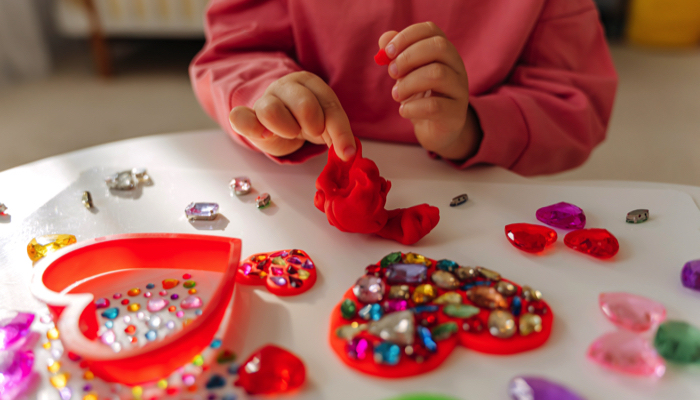
This post may contain affiliate links; please see our terms of use for details.
1. Focus on Tactile Experiences
Art is generally considered a very visual activity, but by using varied textures and focusing on three-dimensional projects, touch can become the primary focus of the activity. To stimulate tactile exploration, incorporate a wide range of materials with different textures, shapes, sizes, and temperatures, such as fabrics, foam, and items with raised surfaces.
For painting or coloring, create raised lines using glue or puff paint to outline shapes and designs for kids to feel and paint within or around. Add sand to finger paints to make the final product touchable, or place a screen behind your work surface so that crayon and pencil lines will be textured.
2. Organize and Structure the Workspace
Keep art tools and materials in consistent, designated places so your child can easily locate them. Avoid clutter and ensure the workspace is organized and free of unnecessary items to help children navigate the area more easily.
3. Provide Clear, Verbal Instructions
Use detailed and explicit language when explaining tasks, describing objects, or giving feedback. Encourage your child to ask questions or respond to the materials they are touching.
Create an open and supportive environment where your child feels comfortable asking for help or requesting different materials for a project. Remember, art is about creativity, so allow your child to make decisions or change direction!
4. Encourage Exploration and Experimentation
Kids who are visually impaired may be used to having their hands held (figuratively and literally) while working on a task. Art projects give kids the opportunity to explore textures and work independently. Let them make a mess and encourage them to experiment with different materials and techniques. Art is a fun way to express ideas and emotions!
5. Adapt Art Projects to Individual Needs
Create projects and tasks tailored to your child’s level of vision, cognitive ability, and motor skills. Use adaptive tools and modify materials, such as using larger brushes or thicker papers, to accommodate your child’s specific needs and preferences. If your child loves to put objects in their mouth, for example, use edible art materials!
6. Keep Basic Art Supplies On Hand
- Modeling Clay or Playdough: Soft, pliable, and available in various colors, clay can be used to create three-dimensional forms and structures and is excellent for tactile exploration.
- Textured Fabrics: Various fabrics with different textures, such as burlap, velvet, and fleece, can be used for sensory exploration and creating tactile collages.
- Craft Foam Sheets: These can be cut into various shapes and are useful for creating tactile pictures and designs.
- Puff Paint: When dry, this paint creates a raised, textured surface, allowing for tactile exploration and expression.
- Beads and Buttons: Different sizes and shapes can be used for stringing, gluing to projects for texture, and developing fine motor skills.
- Pipe Cleaners: These are flexible, can be molded into different shapes, and are useful for developing fine motor skills.
- Glue and Glue Sticks: Essential for attaching various elements together and creating texture in art projects.
- Scissors: Safety scissors are crucial for cutting fabrics, papers, and other materials and help develop fine motor skills.
- Cardboard and Heavy Paper: These can be used as bases for three-dimensional tactile projects and can be cut into various shapes for exploring forms.
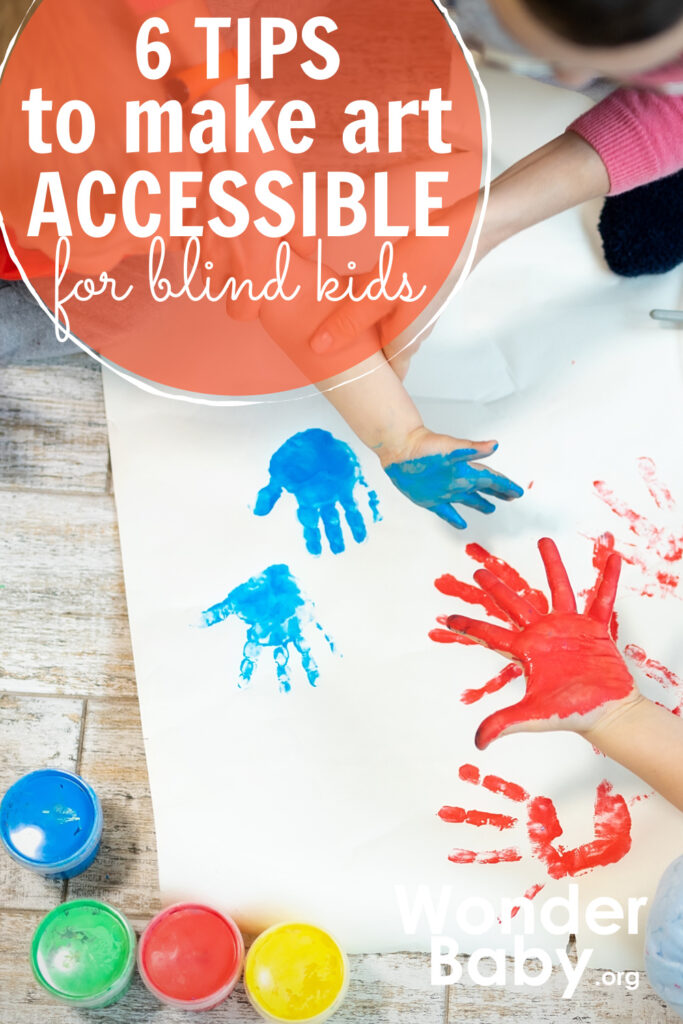
Related Posts
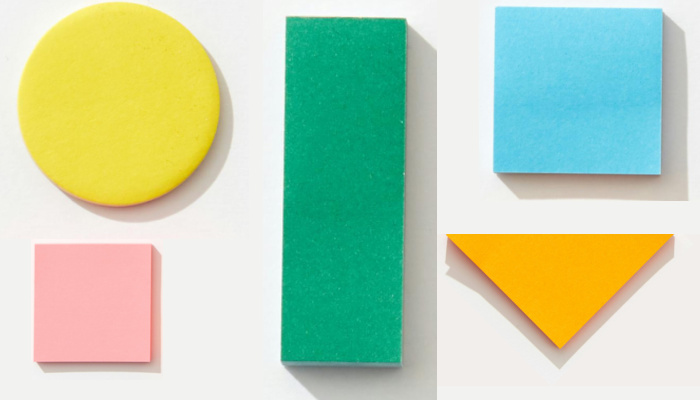
Tactile Arts and Crafts, Visual Impairment
Using Origami to Teach Blind and Low-Vision Students Basic Shapes
If, like me, you have wondered why it is important for young students to learn about shapes, here are just a few reasons. Teaching shapes in early education provides children...
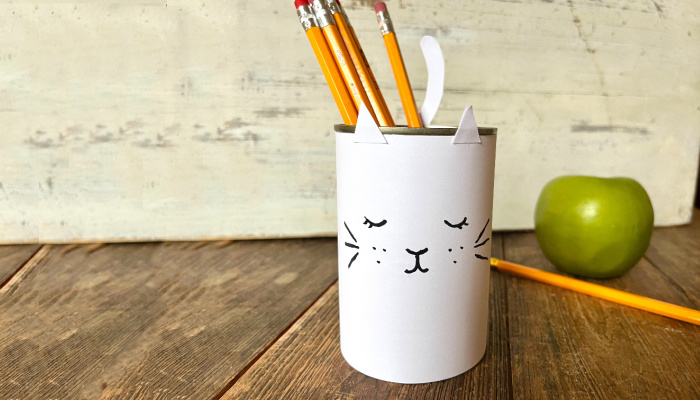
Tactile Arts and Crafts
Cat Pencil Holder Craft
Get organized for back-to-school with this adorable Cat Pencil Holder Craft. All you need is an empty can and some basic craft supplies.
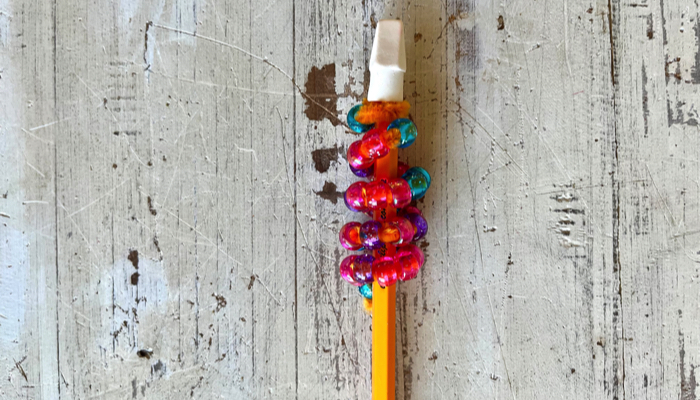
Tactile Arts and Crafts
Bouncy Pencil Topper Craft
Pencil toppers make writing more fun. This Bouncy Pencil Topper Craft is perfect for students needing extra tactile input.